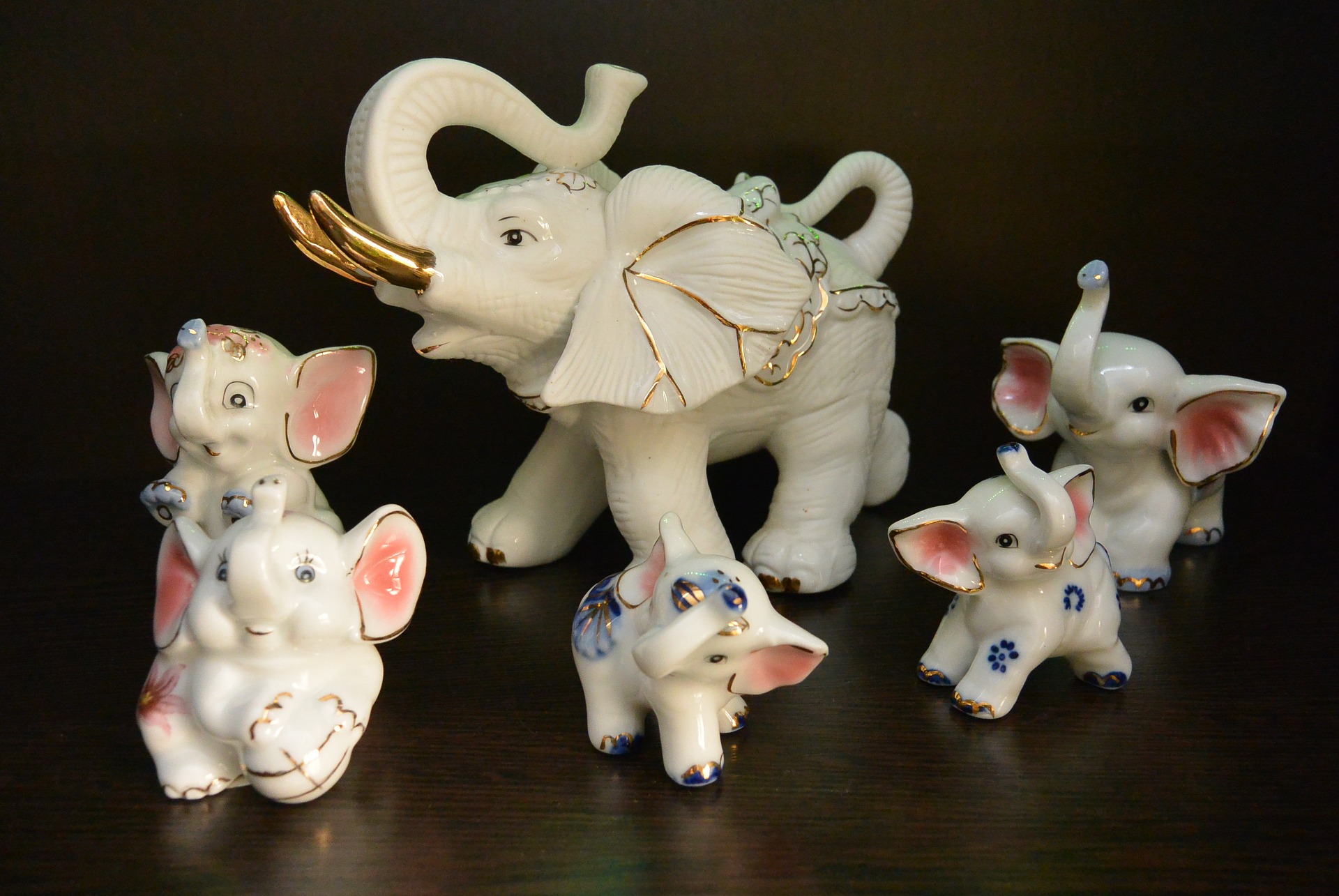This poem, the Coromandel Fishers, was written by Sarojini Naidu; she was born in India and educated in London, Cambridge. About this poem, it’s important to note that she was a freedom fighter and followed Mahatma Gandhi. Later she went on to become the first lady president of the Indian National Congress. As a child, she lived on the coast of the Coromandel Bay in Bengal, becoming very familiar with the lives of the fishermen and equally gaining knowledge about their families and livelihood. The hard lifestyle of the fishermen and their meagre earnings surprised her; she was astonished at their devotion to the sea, the sea that was a mother figure for the fishermen. The poem Coromandel Fishers can be summarized and analyzed on the basis of these two very important aspects of her life. As a poet, she definitely had a great command of her writing, using which she has beautifully used one medium to depict the other. The poem coromandel fishers, when reading literally, appears to be describing the fishermen and their daily routine; but when read deeply, knowing who Sarojini Naidu was (a freedom fighter) and focusing on the socio-political status of the time (freedom struggle), the poem was written, you will realize that it is a call to awaken the people of India to come, fight for the freedom of their nation from the Britishers.
The Coromandel Fishers: Summary and Analysis
Therefore Naidu’s poem has both allegoric and metaphoric value to it. As an allegory, it speaks to the fishermen but holds a metaphor for the nation. The poem consists of four stanzas; each stanza consists of four lines, following iambic pentameter with a rhyme scheme of AABB. The poet begins the poem with the lines “Rise, brothers, rise”; it is clear that she is waking up the sleeping. Literally, the phrase indicates to the fishermen, but when you interpret it under the lines, we can say that it is a wake-up call to the people to do something for their nation.
Here she is singing in the form of a fisherman addressing his brethren about the life and attitude of the fishermen of the Coromandel Coast on the Bay of Bengal. The poem describes the universality of the notion of how the sea, clouds, waves, and human beings are interconnected in Coromandel, as is everywhere else. This song imitates the movement and balancing of waves, its rich musical content, and the lines and words perfectly synchronized with its inborn tune and rhythm, which is why it is especially noted. She continues with the lines “the wakening skies pray to the morning light” and that the “wind lies asleep in the arms of dawn like a child that has cried all night.” The former line is an example of personification in the poem, while the latter phrase is an example of a simile in Naidu’s allegory. The two statements above make a subtle reference to the weather, and the poet personifies the dawn by gifting its arms.
The poet speaks of catamarans in the following line, which are the fishing boats used specifically in the South; this use of the specific term enhances and personalizes the setting of the poem, which is only explicitly mentioned in the title. The reader realizes that the poem is ubiquitous with personification as the poet continues to talk of the “wealth of the tide.” Fish are the wealth of the fishermen, and they get this wealth from the tide that brings it to them. All this description creates a pictorial image of a young Sarojini Naidu rowing the catamaran in the Bay of Bengal. It’s a tradition for the Hindus to worship the early morning rising sun. The wakening sky is offering its morning prayer to the Sun at the time of dawn. The fishermen have to rise very early before the first ray of the Sun reaches the sky. Even the wind would not have risen then. In the words of the poet, like a child that has cried all night, the wind is in a deep sleep in the arms of the dawn. The idea is scientific since the wind would rise only after the atmospheric temperature rises with Sun. The nets, after fishing the day before, being spread on the shore for drying have to be gathered.
Hasty but systematic preparations are taking place, and the catamarans are resting, but now it is time to capture the leaping wealth of the tide from the sand that has to be freed. When we observe this, we are naturally forced to ask if it is their paternal property. The answer to this intriguing question is Yes, not fathers, but mothers. Since they are the sons of the sea, they have a birthright over the abundant wealth of the sea. It is an experimental proof that where seagulls call at that point or in that same area, the fishes are in plenty. This is why the fishermen do not lag away and, without any delay, get to the track of seagull’sll’s call. Once the fishermen reach there, their job is easy. The poet says that they have no reason to fear the sea, wave, or the cloud; because, as is known to us, the sea is their mother, the cloud is their brother, and the waves are their comrades.
Even in the evening, when they will be tossed with the waves somewhere in the mid-sea, they needn’t fear because they would be at the mercy of the waves, even where the sea god Neptune controls everything. For the very simple reason that the Wind God will hide (protect) their lives in his breast. He, who is all-powerful and strong to hold even the storm by its hair, fatherly affection! The fishermen have sweet attractions on the shore. The shade of the coconut glade, the scent of the mango groves, and the sands lit by the full moon at night with the sound of the voices of their most beloved ones nearby are indeed sweet. But to the fishermen, the kiss of the spray wash and the dance of the wild waves are sweeter- so they long to be at sea. Towards the close of the poem, we see the fisherman and his comrades, bathed in broad daylight, rowing to the bluishness’ of the horizon where the sky and sea are at play. Sometimes it is exciting and true we are tempted to imagine that the singer is the young poetess herself, alone, rowing her tender boat in the Bay of Bengal.
We are reminded of the milieu of the poem once again when Sarojini talks of “following the track of seagull’sll’s call.” In those days, the call of the seagull was what directed fishermen toward the fish. She christens the sea, her “mother,” and the clouds, her “brothers,” while the waves are named her “comrades.” This metaphor links to caring for one another, as the sea does for the fish and the clouds do for the sea.
The following two lines speak of the link between fear and courage and the fine line between them. She asks us, “what do we toss at the fall of the sun?” and lets us know that with success comes some sacrifices and that although we are wary of these, “he who holds the storm by the hair will hide in his breast our lives.” She has also personified the storm in that line. The last stanza is a comparison between life on land and at sea. She uses vivid imagery to describe the scent and shade of coconut glades and mango groves but then reminds the fishermen that the “kiss of the spray” and the “dance of the wild foam’s glee” taste much sweeter. She reminds us not to be content with temporary satisfaction but to work towards the happiness and joy we have found elsewhere. This stanza holds a strong metaphoric value, as it talks of the temporary pleasure that some people faced under the rule of the British, as well as how all Indians knew that there was a real joy to be found in living independently.
To conclude, this poem is beautiful and poetically written. A must-read for all the students and poem lovers who eagerly seek the messages delivered through the secret passages of metaphors and allegories. A poem that reminds us without hurting us about the people and movements that helped us gain our independence. It is a poem on a positive note.
Updated by Anjali Roongta on 18th April 2023.
Some online learning platforms provide certifications, while others are designed to simply grow your skills in your personal and professional life. Including Masterclass and Coursera, here are our recommendations for the best online learning platforms you can sign up for today.
The 7 Best Online Learning Platforms of 2022
- Best Overall: Coursera
- Best for Niche Topics: Udemy
- Best for Creative Fields: Skillshare
- Best for Celebrity Lessons: MasterClass
- Best for STEM: EdX
- Best for Career Building: Udacity
- Best for Data Learning: Pluralsight















